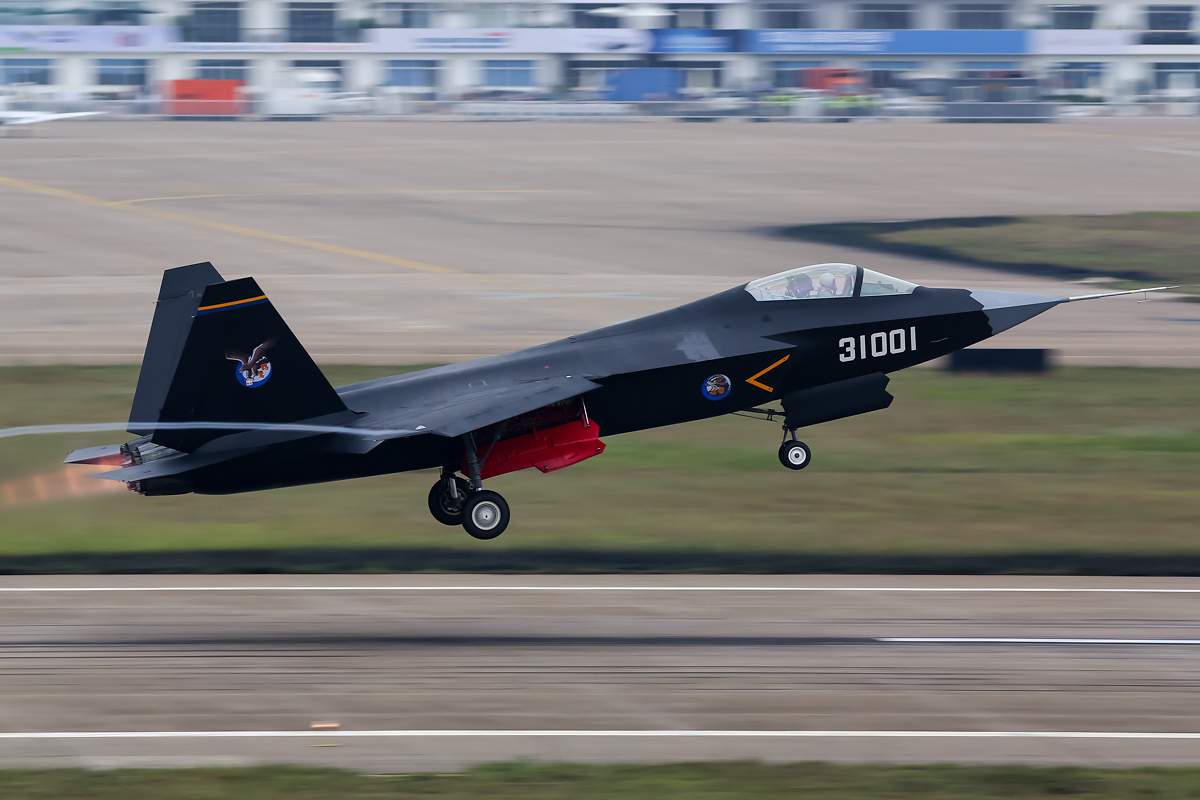
Increasing the reliability of the ignition system might not seem like an amazing discovery. But Oregon-based researchers believe that their improved igniter will benefit all kinds of combustion systems used by practically every vehicle, an article in Science Direct stated.
In order for a combustion system to run with maximum efficiency and safety, it needs a dependable means of igniting fuel that will activate at the exact time and never fail despite many cycles of uses. This is especially valuable aboard jet-propelled aircraft that use highly-complex engines.
The Oregon State University (OSU) research engineers were working on an enhanced ignition system for scramjet engines. Their work was supported by the U.S. Navy and U.S. Air Force.
Short for "Supersonic Combustion ramjet," the scramjet is the refined descendant of the ramjet engines from the 1960s. Ramjets and their scramjet successors take advantage of the supersonic airspeeds of their jet aircraft to "ram" air into a specially-designed inlet valve. The high entry speed and shape of the valve forcibly compresses the air.
Fuel is added to this compressed air. The mixture enters a combustion chamber, where it is ignited before getting expelled from the engine.
Once it enters the ramjet engine, the compressed air slows down to subsonic speeds. A scramjet, however, allows the air to retain its speed.
A ramjet-powered aircraft can reach five times the speed of sound. An aircraft with a scramjet engine could potentially hit 20 times the speed of sound or 15,345 miles per hour. (Related: Electric vehicles to become more affordable than gas guzzling counterparts in just 7 years: Report.)
Discharging more than 10,000 sparks per second
OSU researcher Jonathan Bonebrake met up with his Ohio-based counterpart, Tim Ombrello of the Air Force Research Laboratory. With the help of Ombrello's research team and a high-speed infrared camera, Bonebrake recorded the effects of nanosecond pulsed high-frequency discharges on ignition kernels of a methane-air mixture.
Nanosecond pulsed high-frequency discharges are sparks that are produced at frequencies greater than 10 kilohertz. More than 10,000 such sparks could take place in the span of a single second.
Meanwhile, ignition kernels are spheres of very hot gas that appear during the brief moment between the ignition process and the generation of actual fire. They are best viewed in the infrared part of the electromagnetic spectrum, which is invisible to the naked eye.
Earlier experiments have established that nanosecond pulsed high-frequency discharges improve the rate of ignition. However, the reason for the improvement remained unknown, although several theories were raised.
Nanosecond pulsed igniters are much more efficient than slower ones
Bonebrake and his mentor, OSU assistant professor David Blunck, used the infrared images to create an "inverse deconvolution technique" that let them evaluate the shift in the temperature and size of the infrared kernels. The new technique was tested in combustion experiments with a McKenna burner tool.
"With our camera, we could measure the radiation and then back out the temperatures of those balls of hot gas as those flame kernels were growing," remarked Blunck in an interview. "We could quantify the differences in the temperatures of the kernels."
They reported that increasing the frequency of the spark discharges likewise increased the resulting energy and improved the combustibility of the fuel. The shorter the time between each individual spark, the more efficiently they imparted their energy on the methane-air fuel mixture. This led to higher temperatures and improved rates of fuel ignition.
The OSU researchers also noted that high-frequency discharges also sped up the growth rate of the temperature of the ignition kernels themselves. Kernels with a fast rate of growth increased the chance of ignition and improved the efficiency of combustion.
If you want to read more stories about ramjet and scramjet technology, visit Discoveries.news.
Sources include:
Please contact us for more information.





















